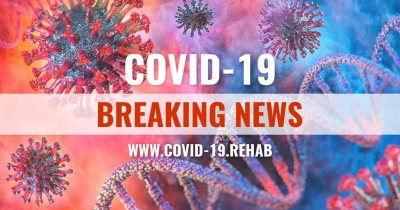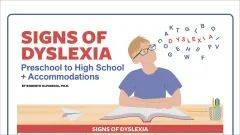How ADHD and Eating Disorders Overlap
Few parents are surprised to learn of the significant overlap between eating disorders and ADHD in adolescents. Numerous studies show that children with ADHD face three times the risk of developing an eating disorder compared to their peers without ADHD.It’s important to diagnose and treat eating disorders early to prevent prolonged malnourishment and to improve a child’s prognosis.The defining feature of this eating disorder is not actually being underweight or thin; it’s a fear of weight gain or becoming fat, so much so that people eat less and less throughout the day.
A warning sign you might notice is that the person is skipping meals, or eating less than what is typical for them.This is a diagnosis of anorexia nervosa but in higher weight bodies.
These individuals are at risk for going undetected with anorexia nervosa because of their physical appearance.[Read: Eating Disorders in Children and Teens]This diagnosis is given to people who are not meeting their nutritional needs, but not because they fear weight gain, as in anorexia nervosa.
Rather, they don’t prioritize eating. They might say, “I’m hungry, but I just don’t care enough to get myself something to eat” or “I can’t motivate myself to get up and make myself a meal.”Sensory issues, such as the texture or smell associated with certain foods, may repel adolescents with ARFID, who start eliminating those foods from their diet to the point where they can become malnourished.
Read more on additudemag.com

















































